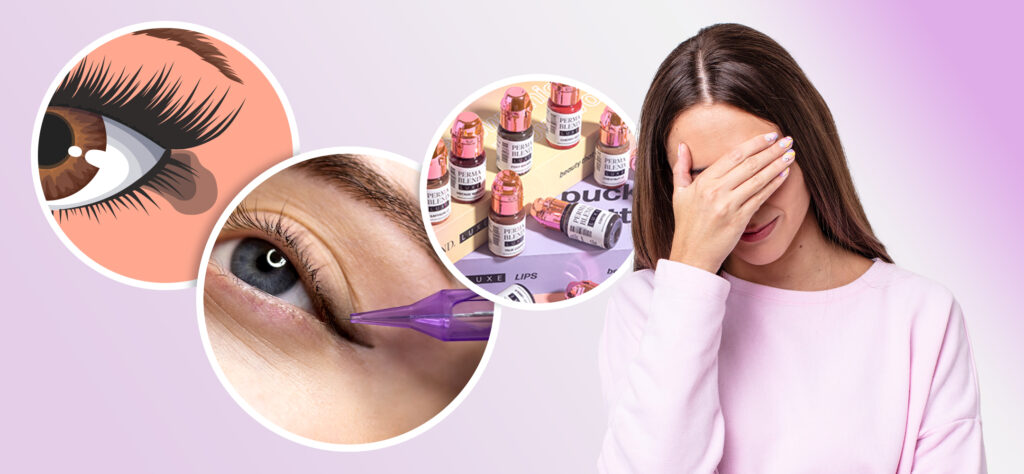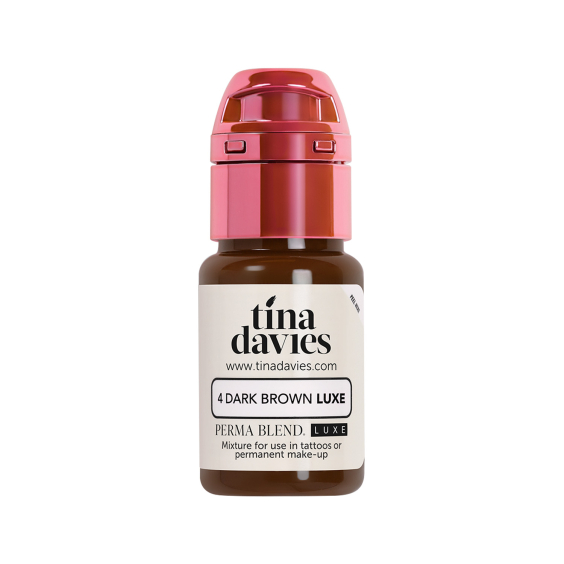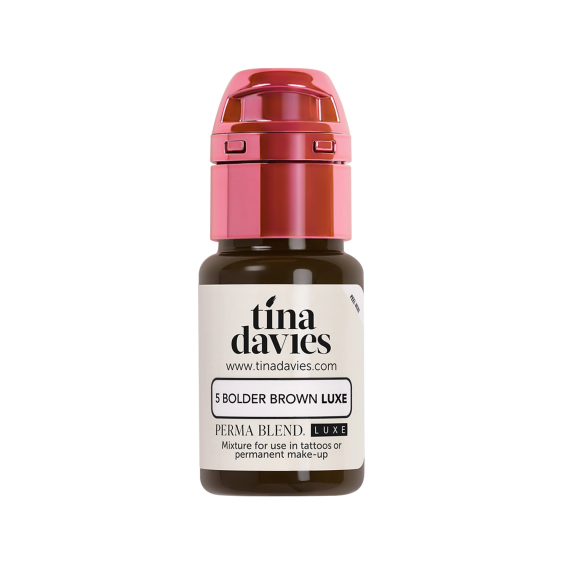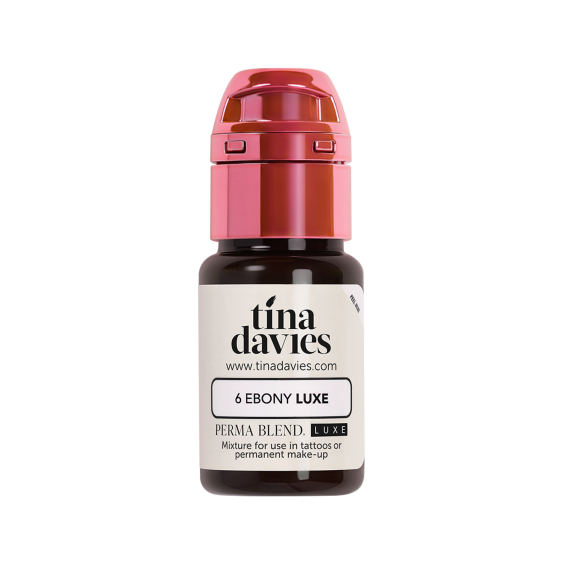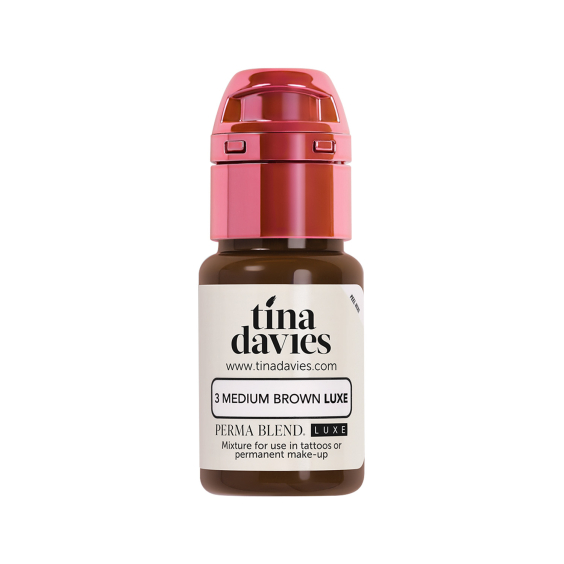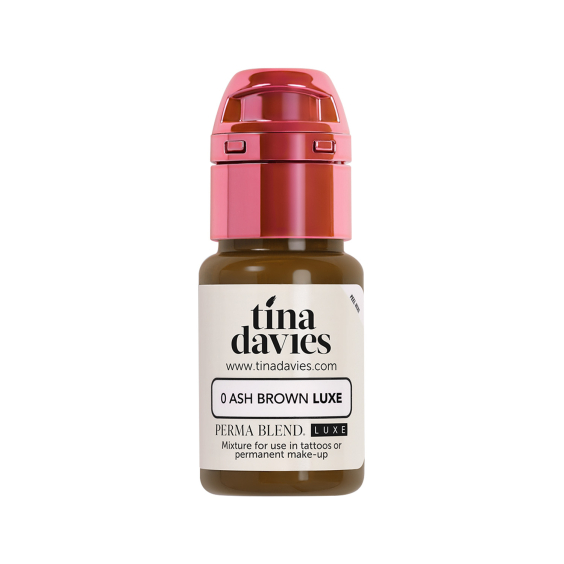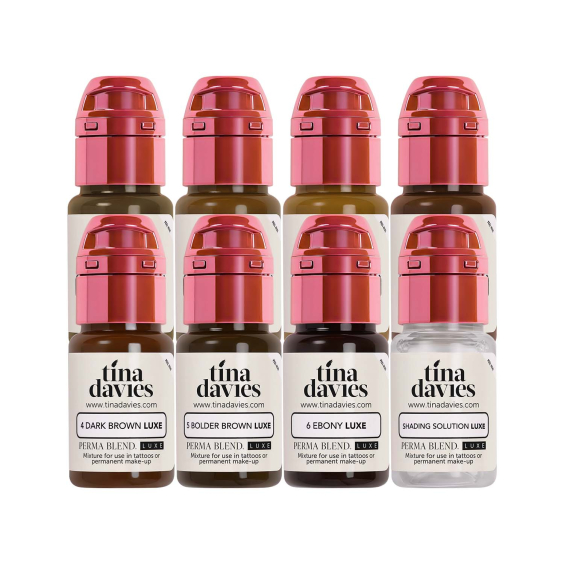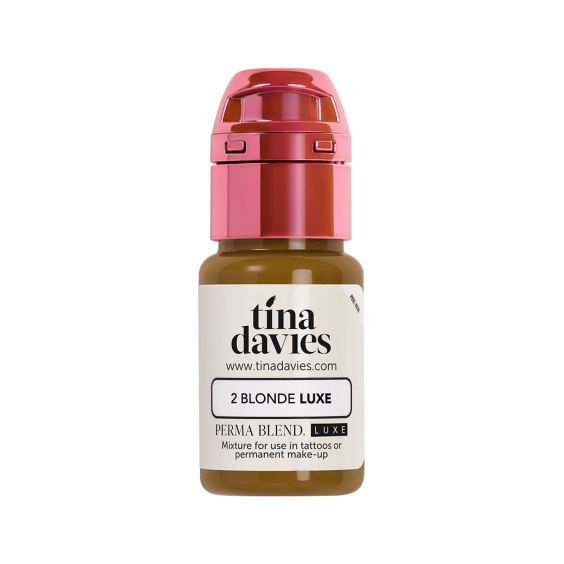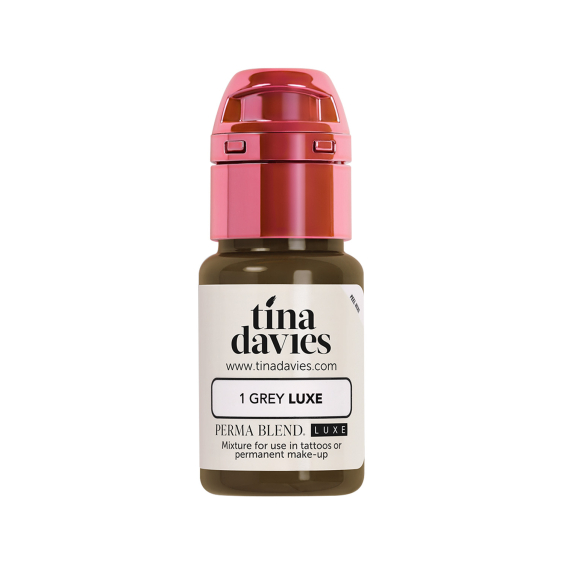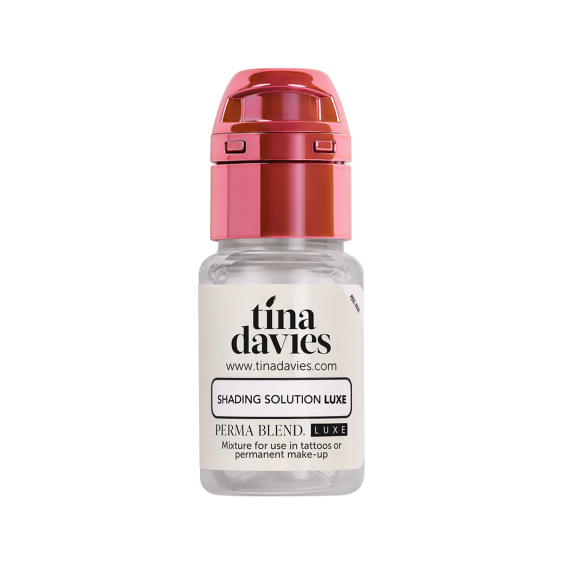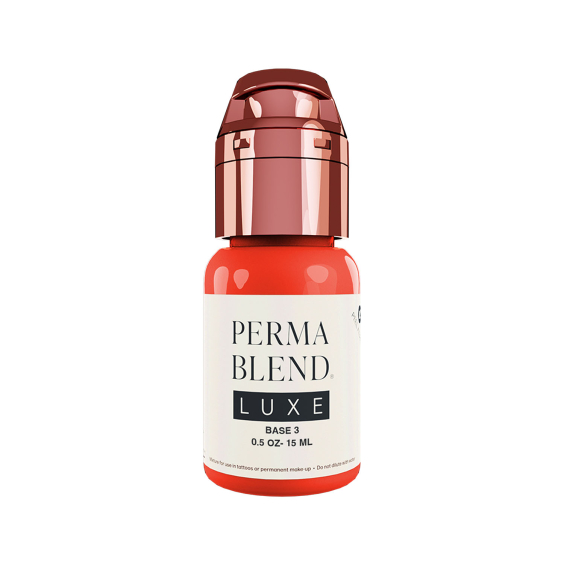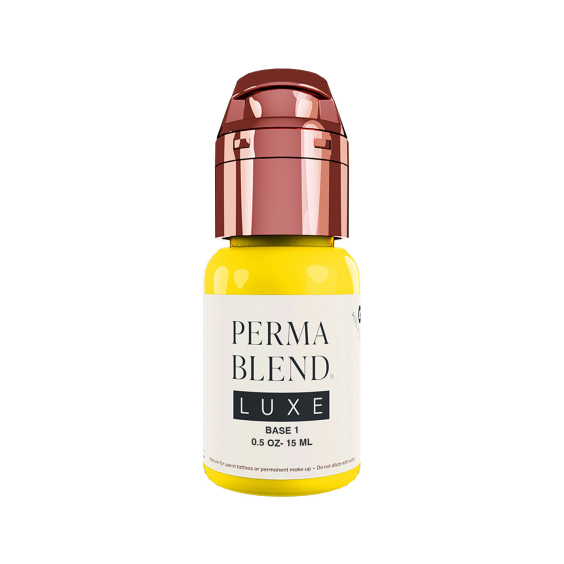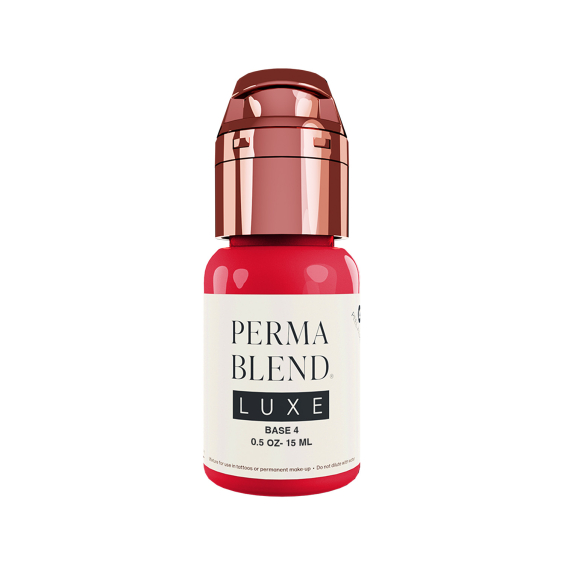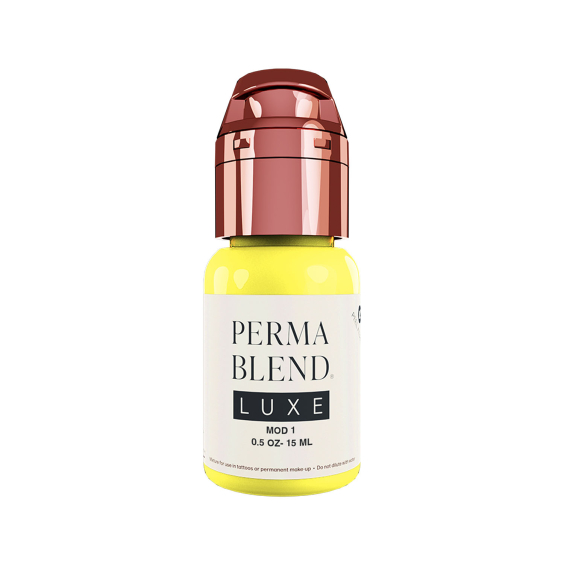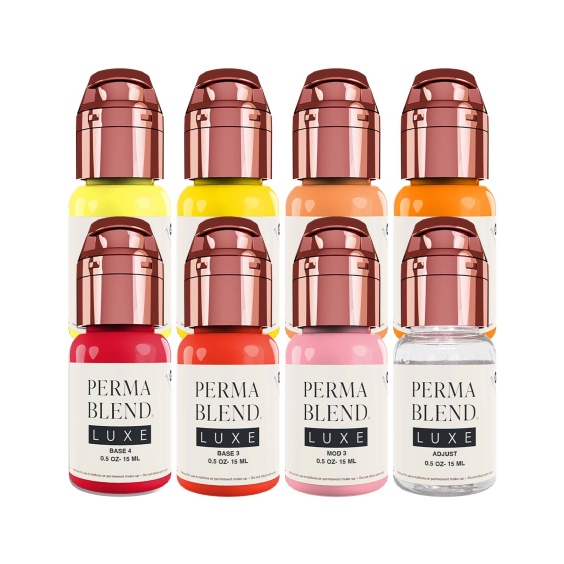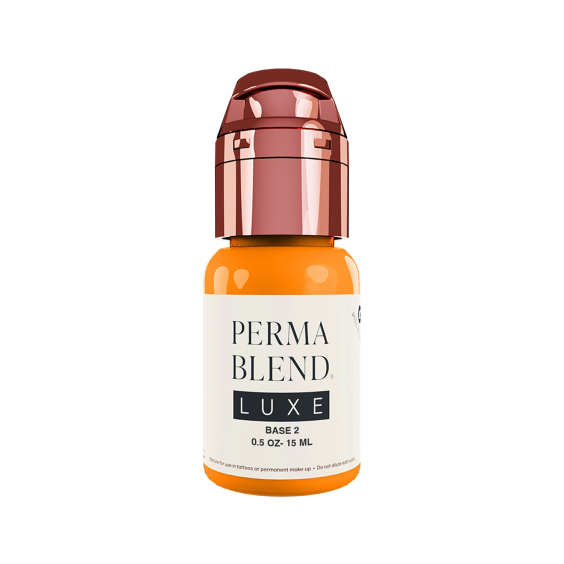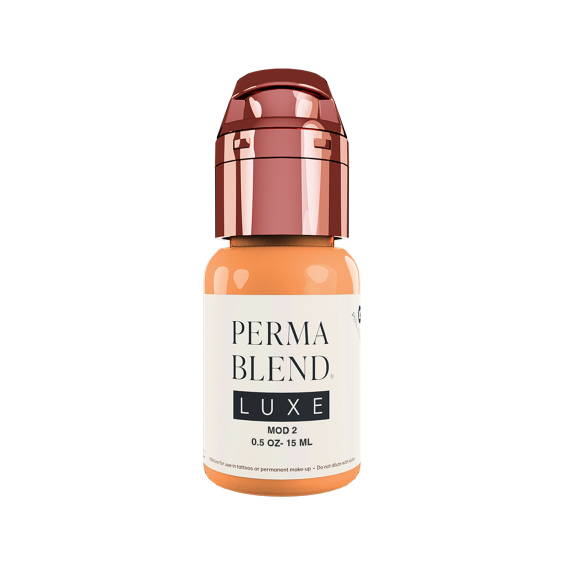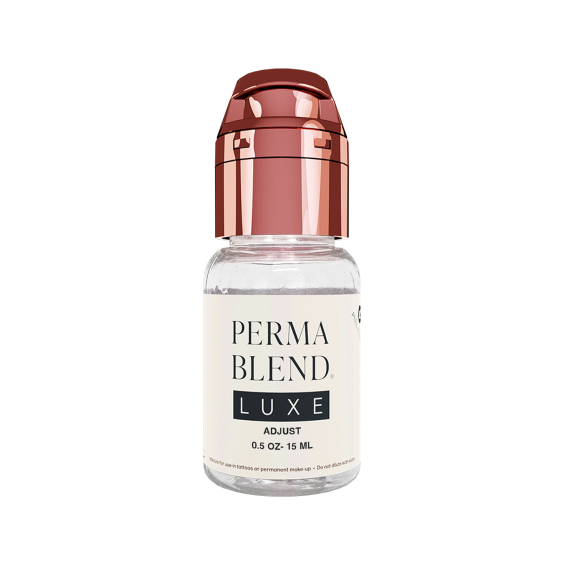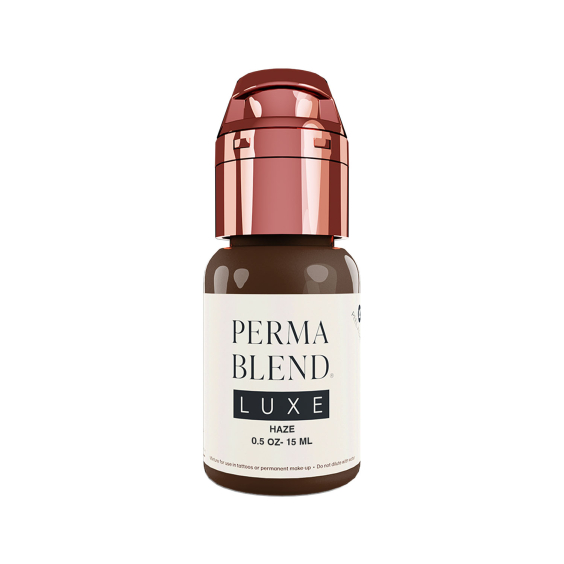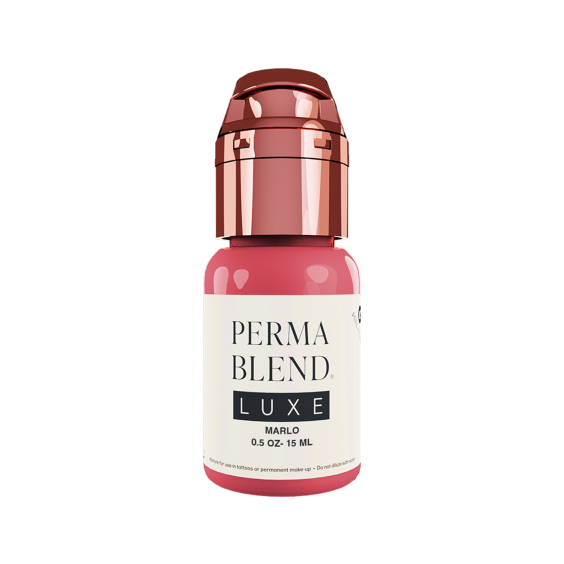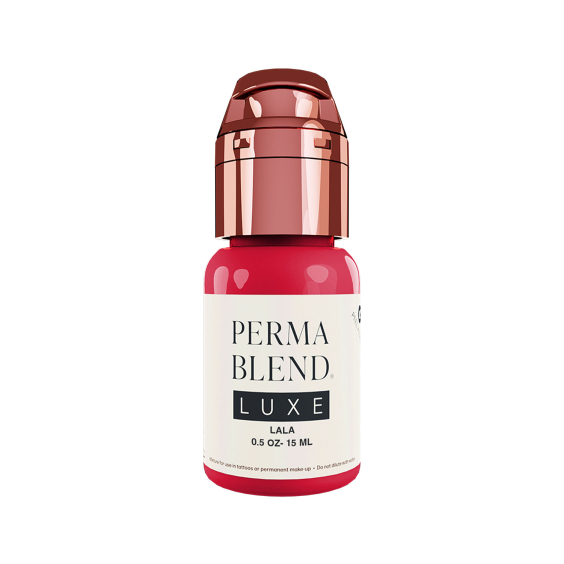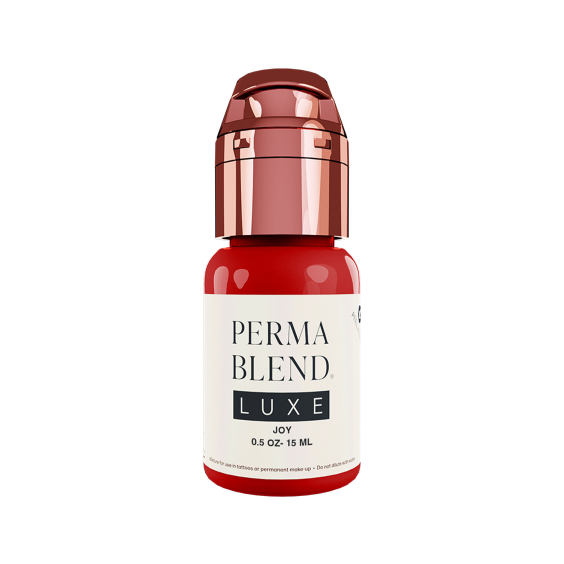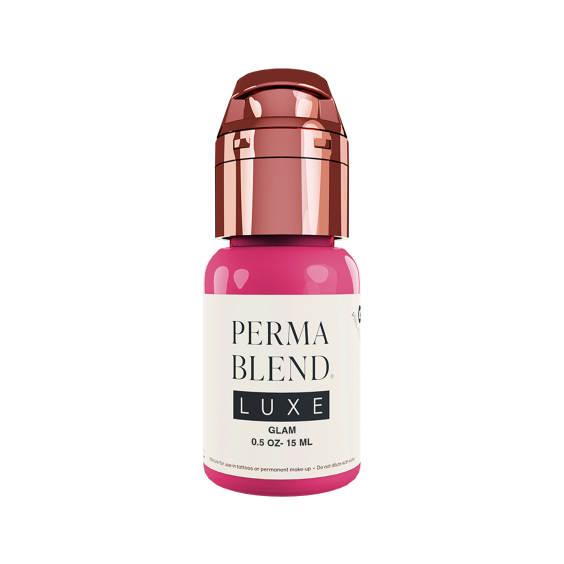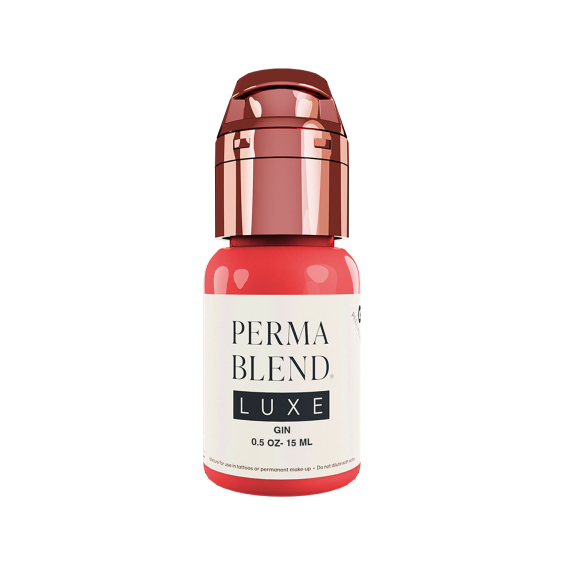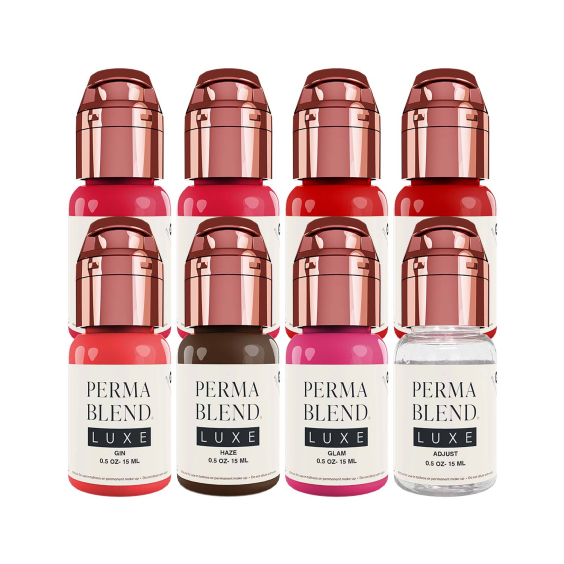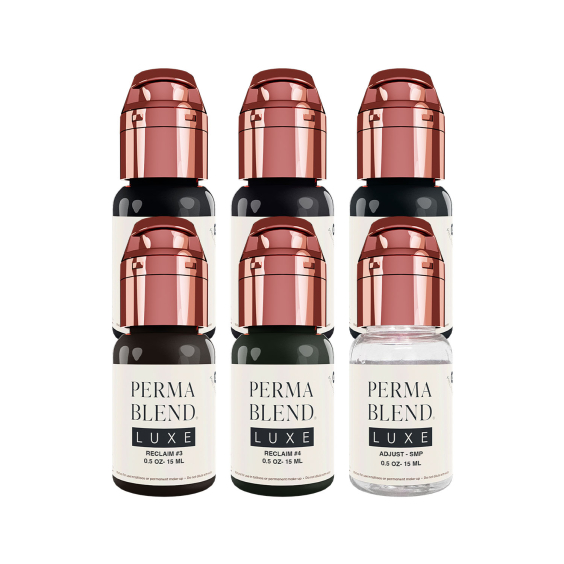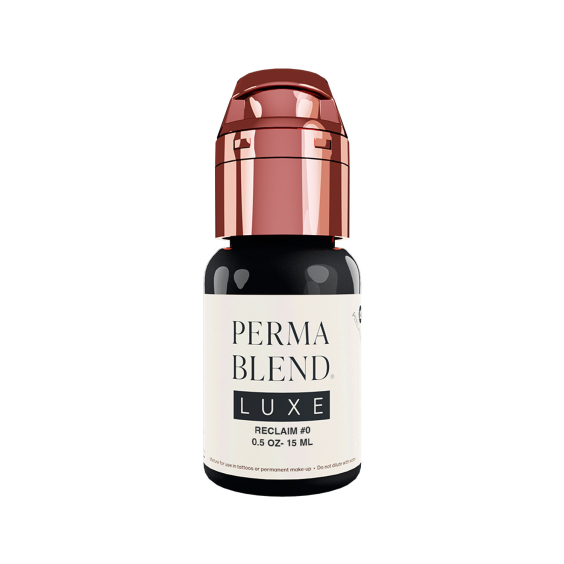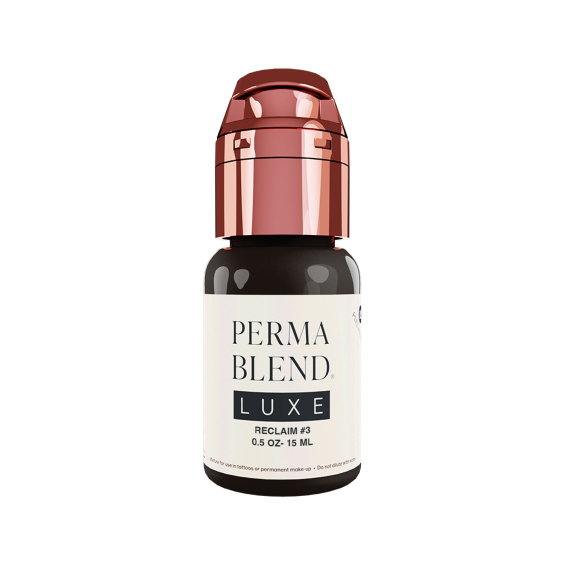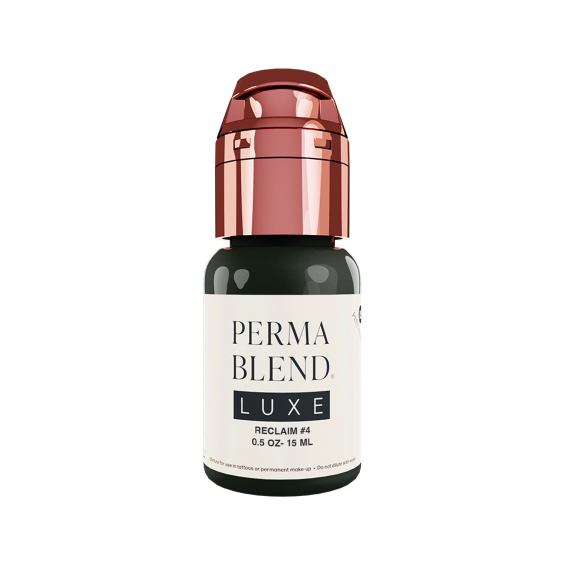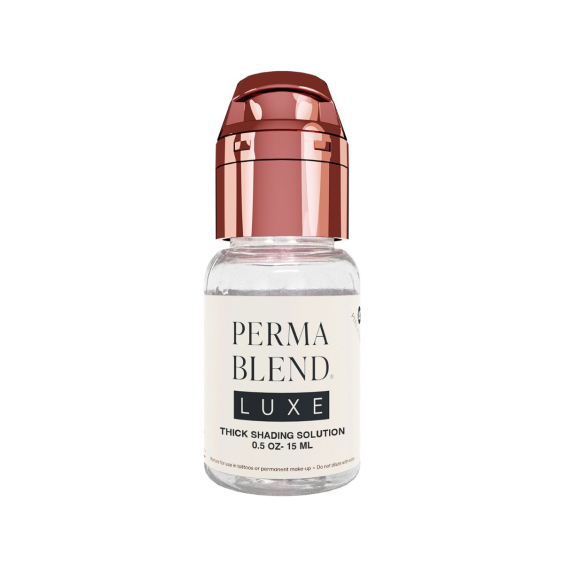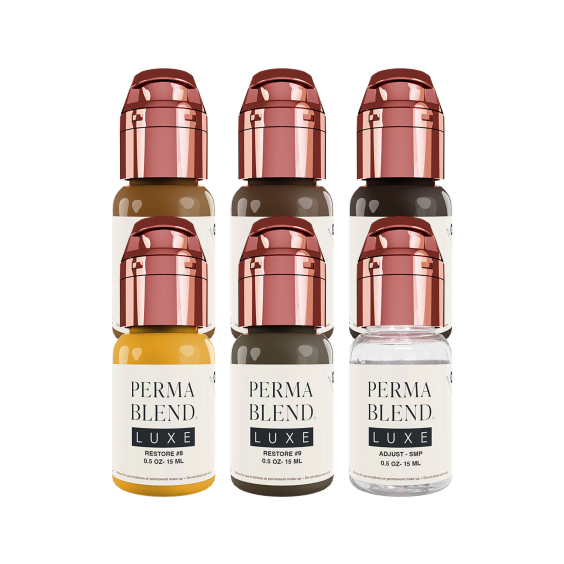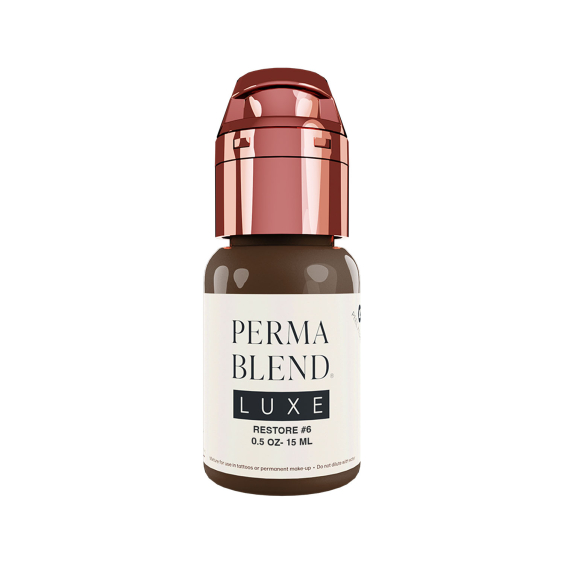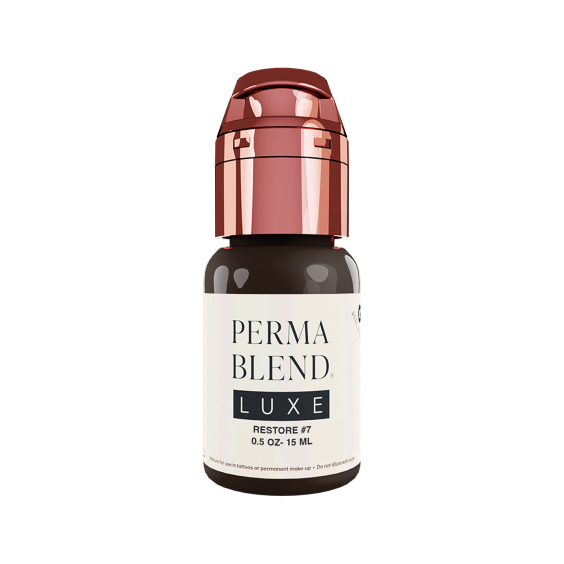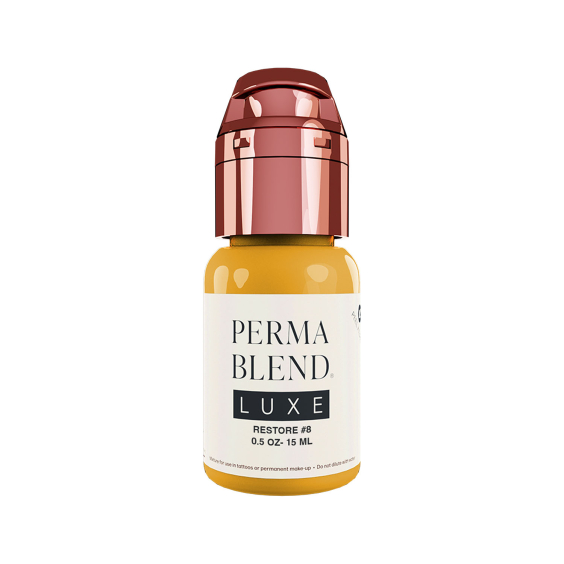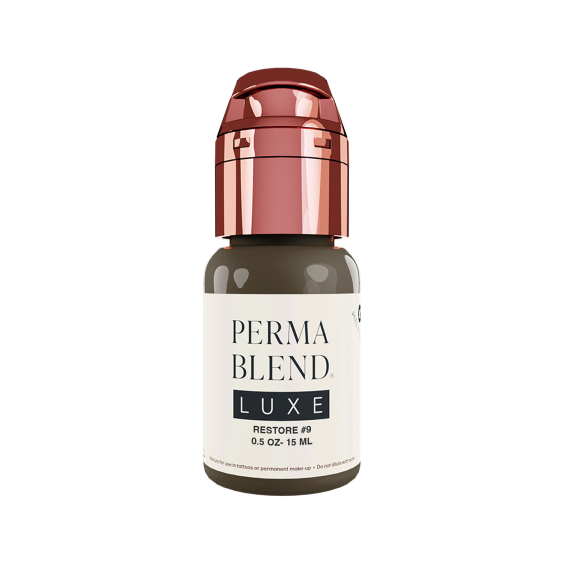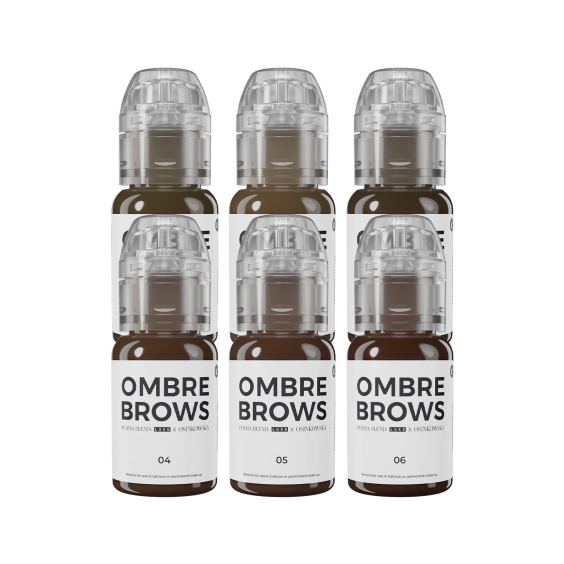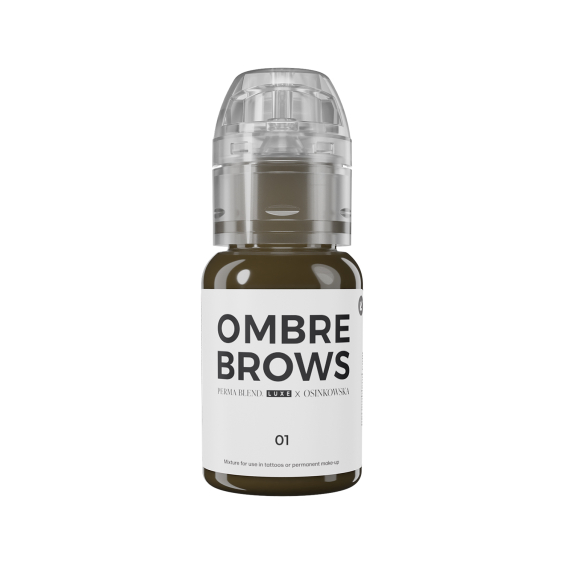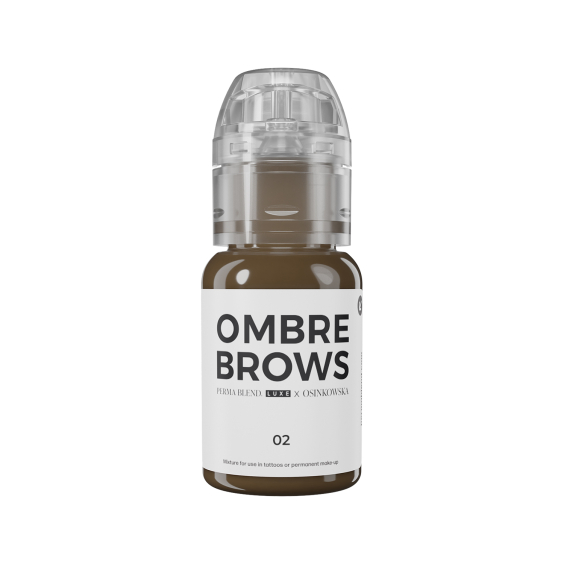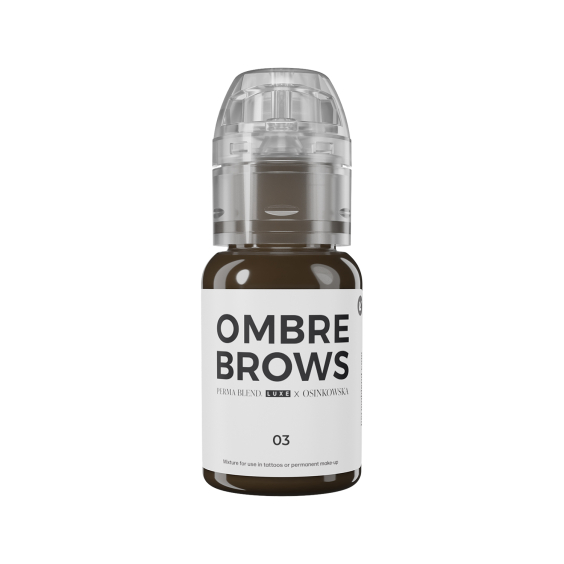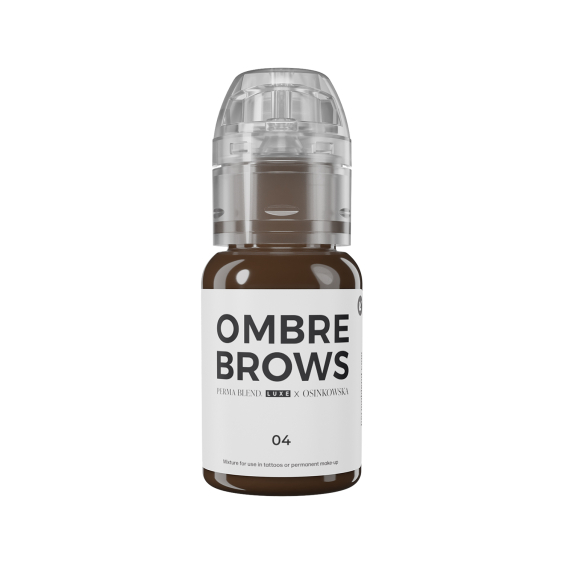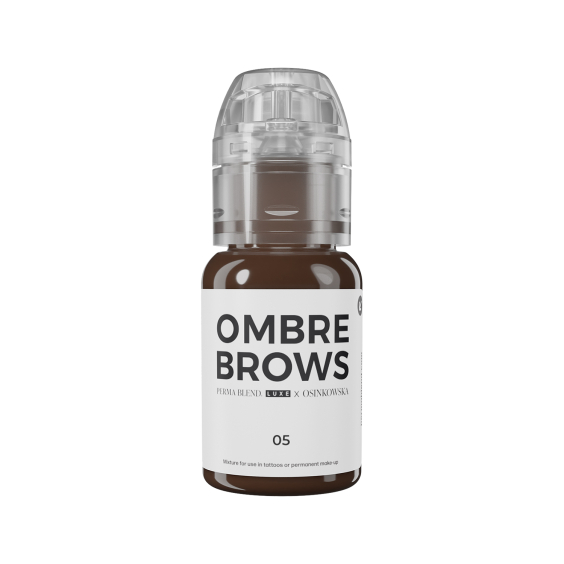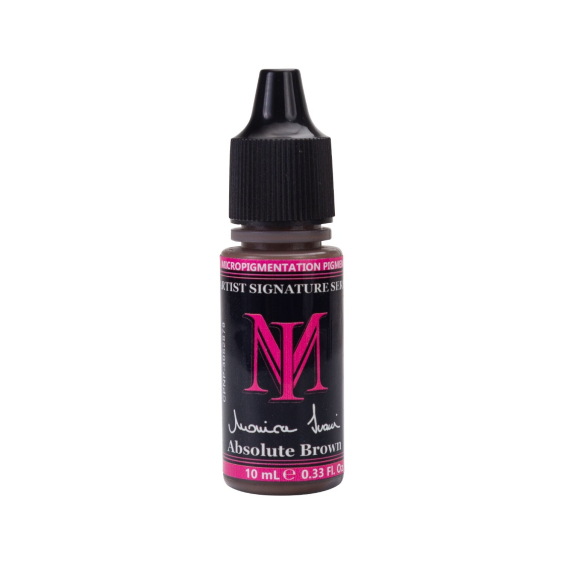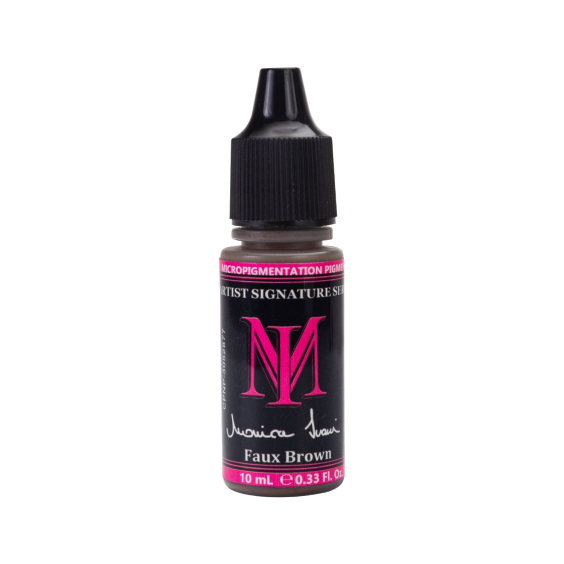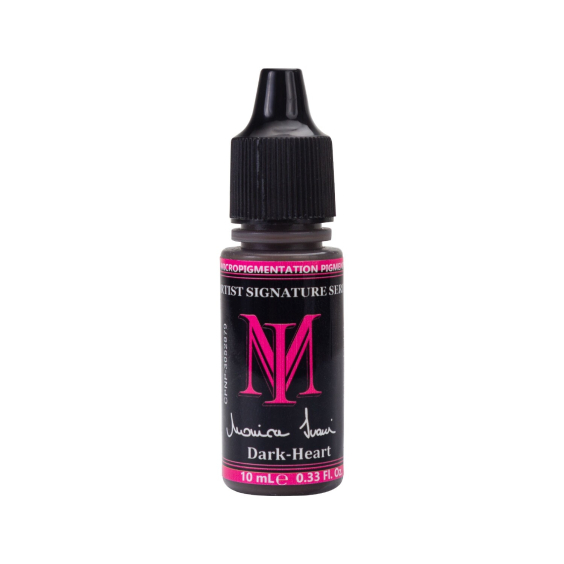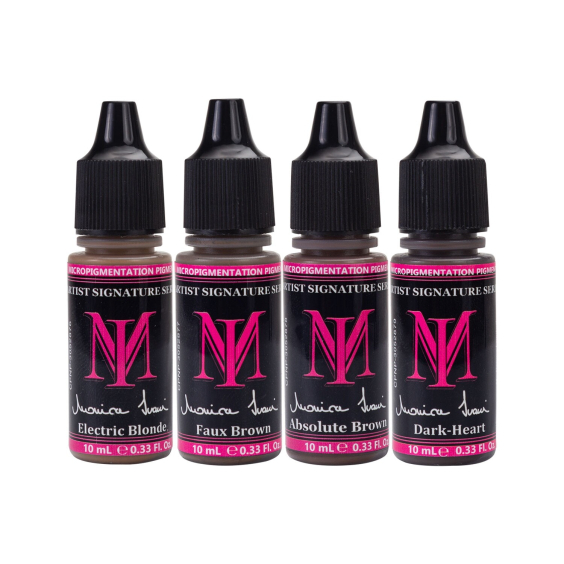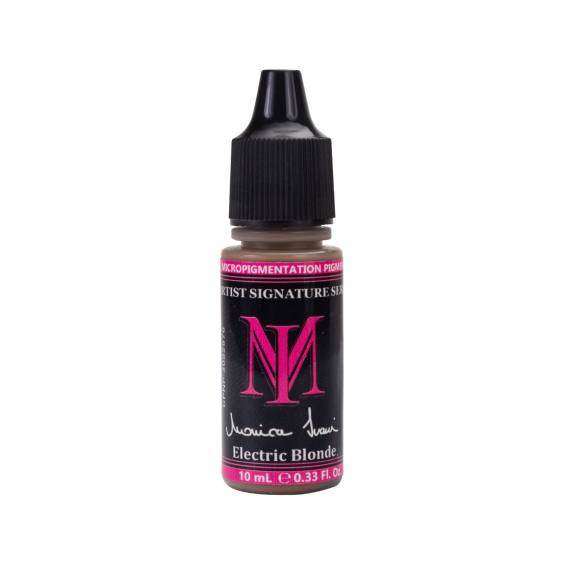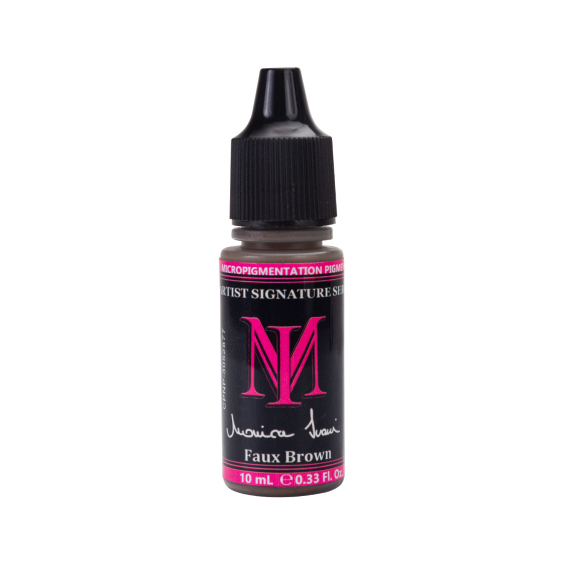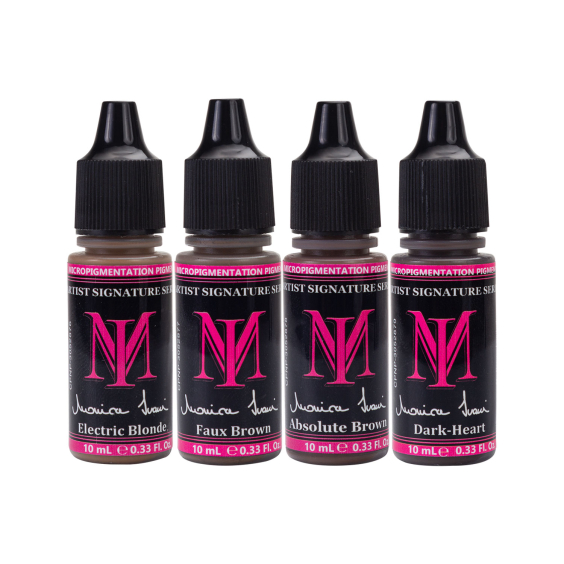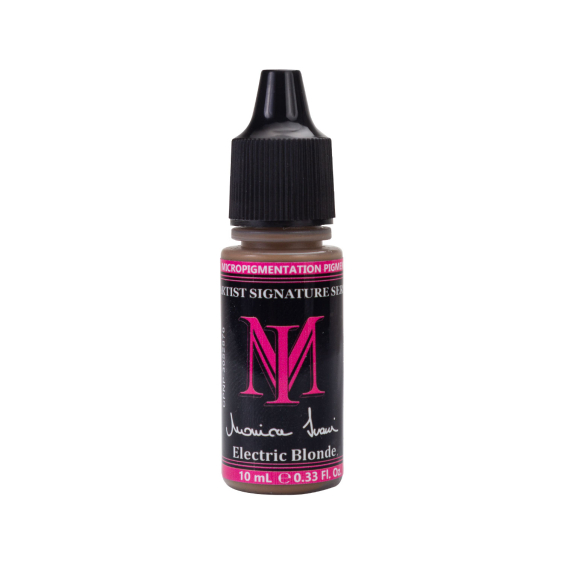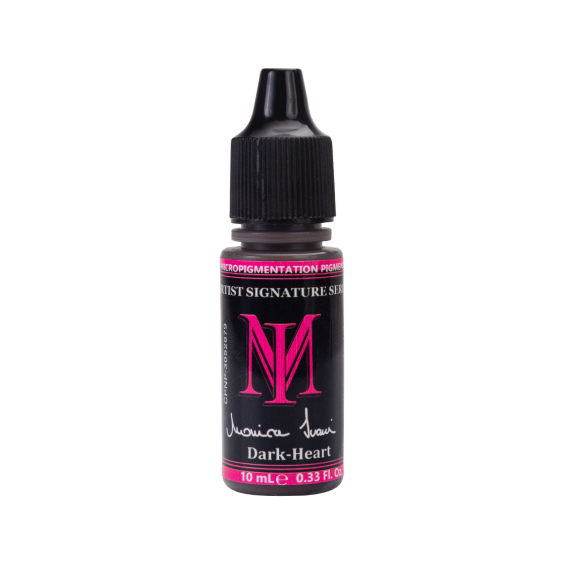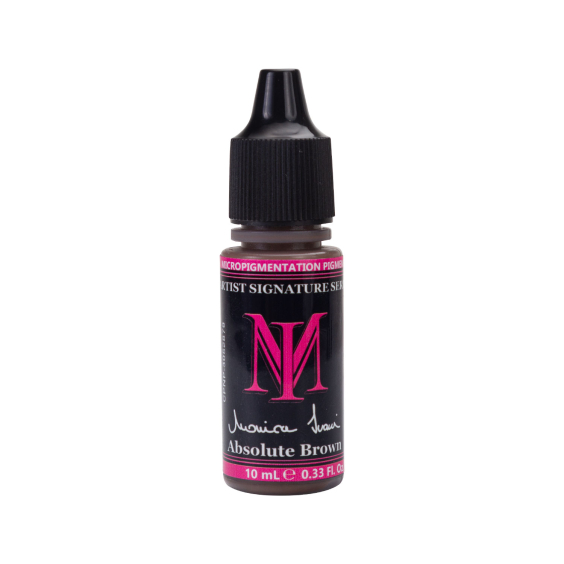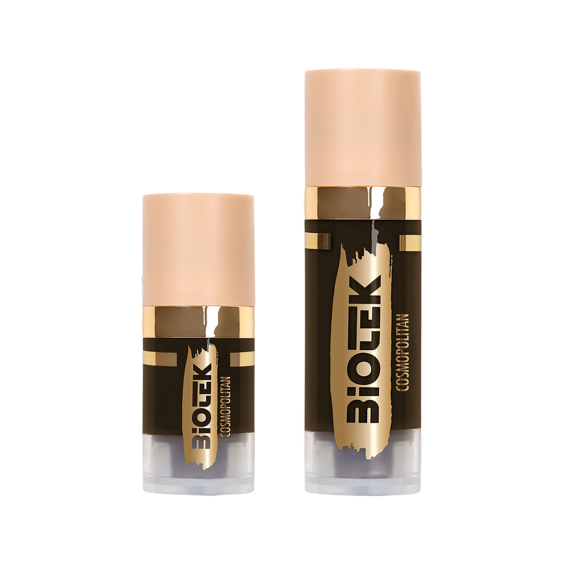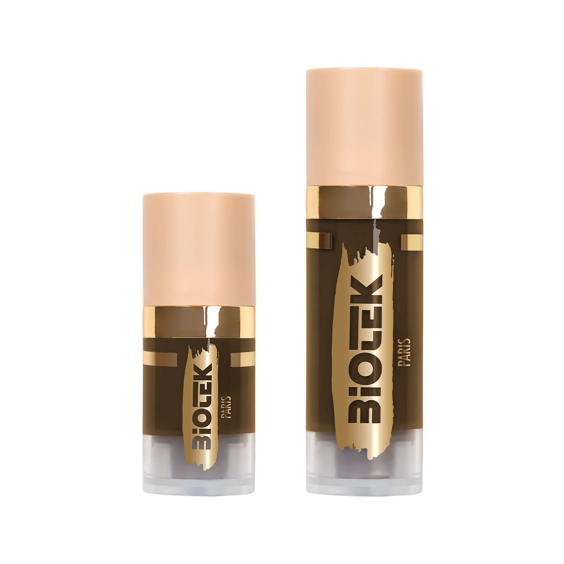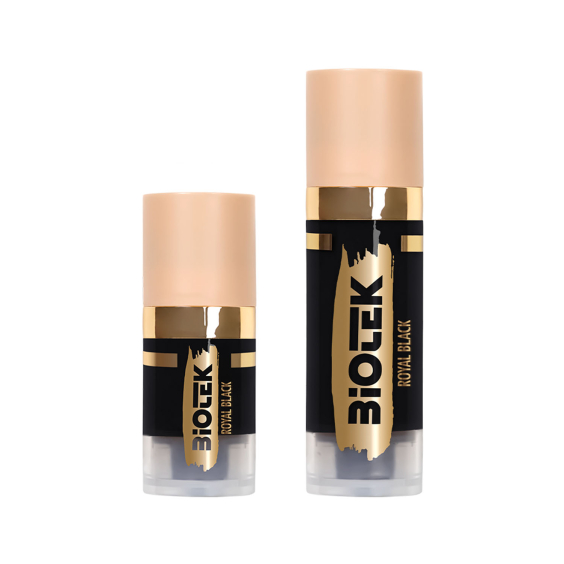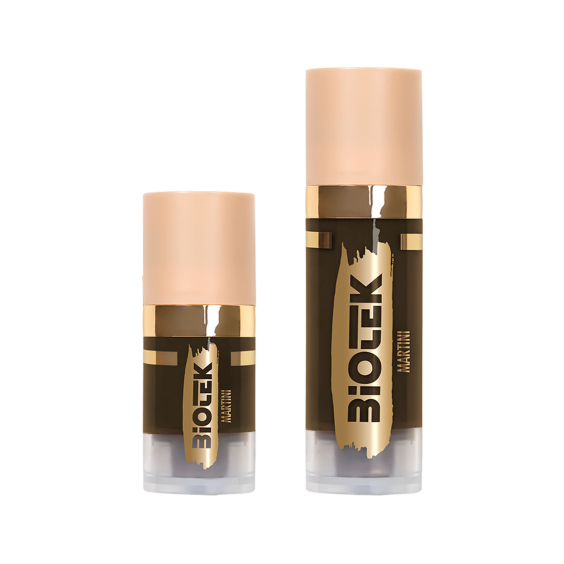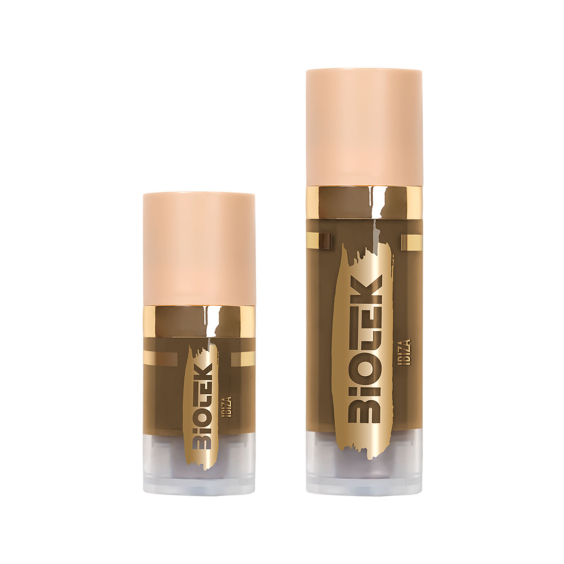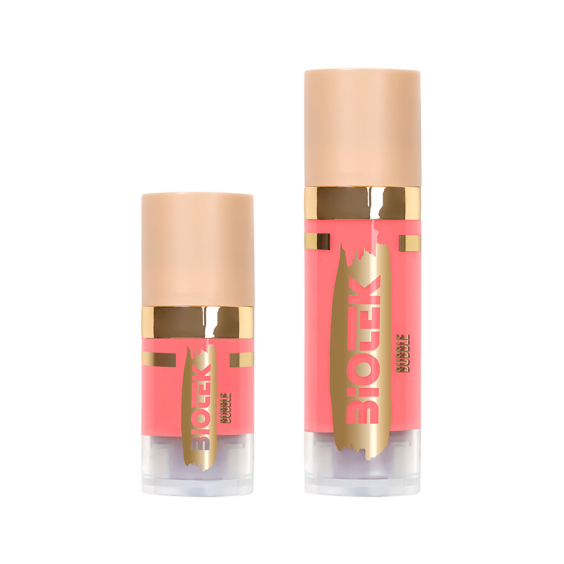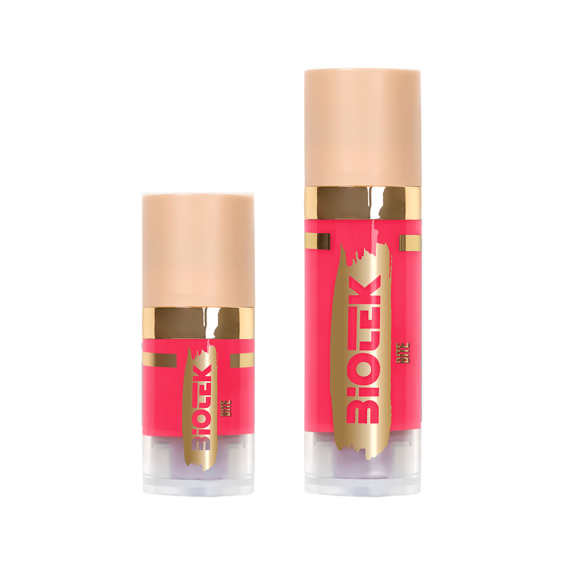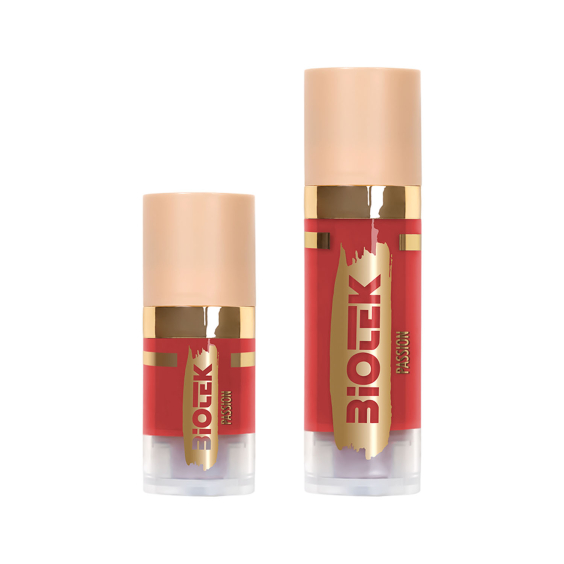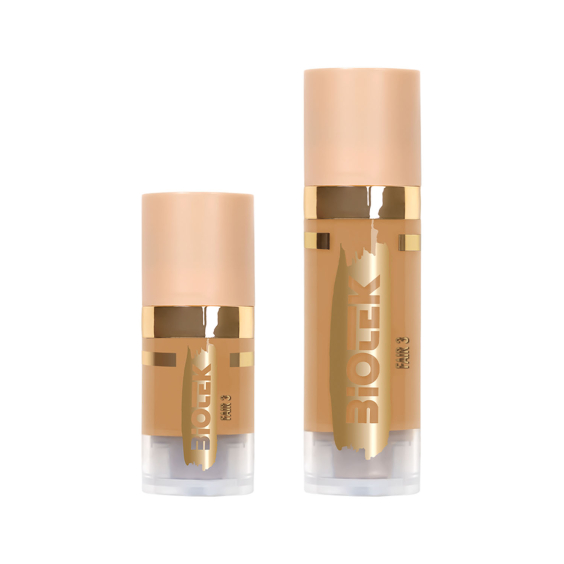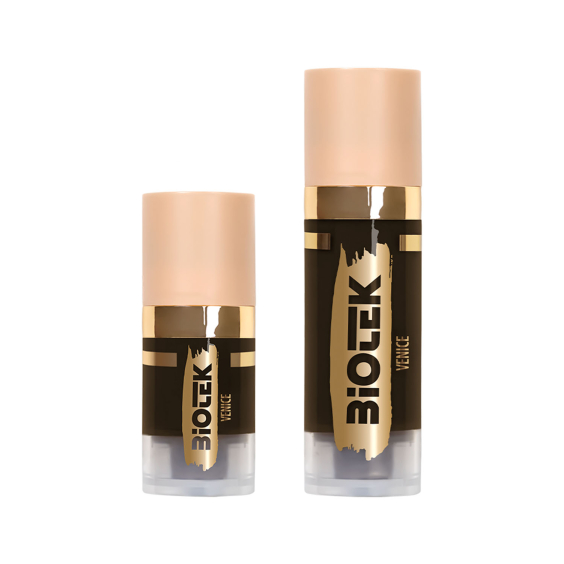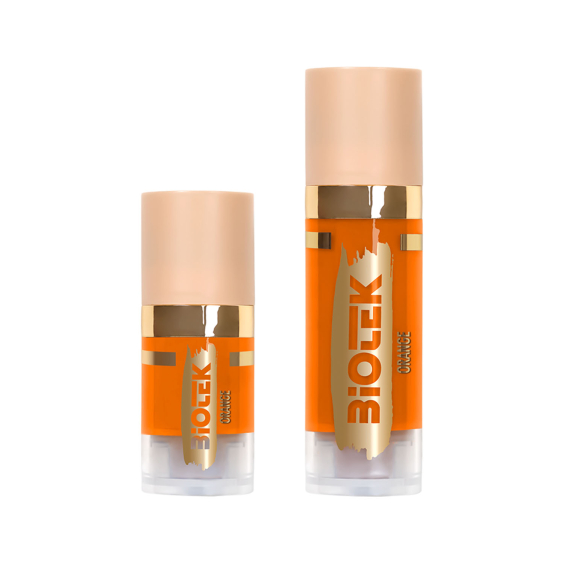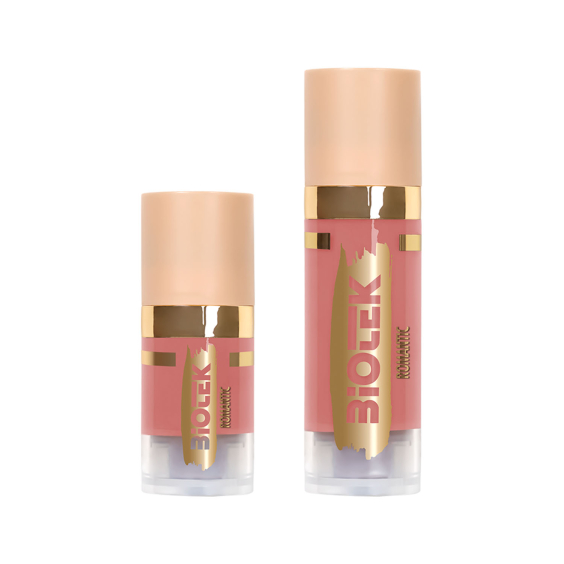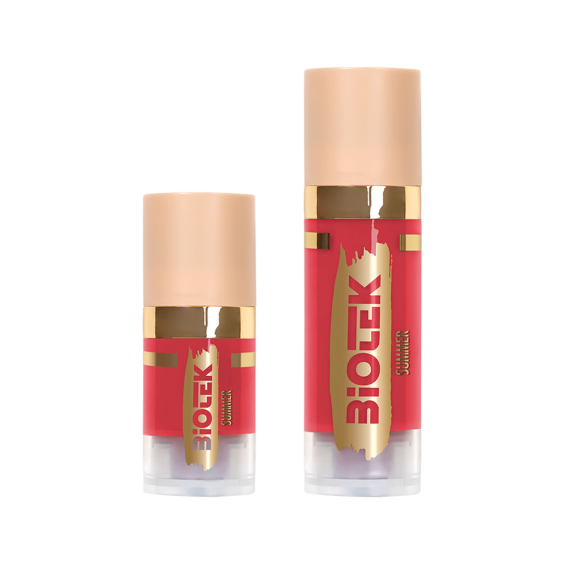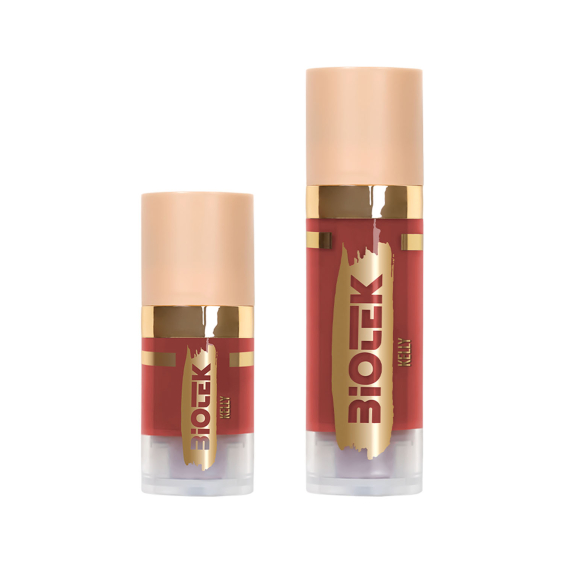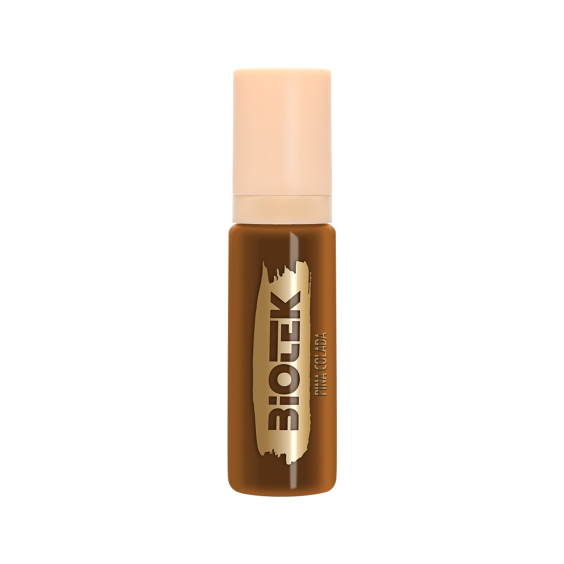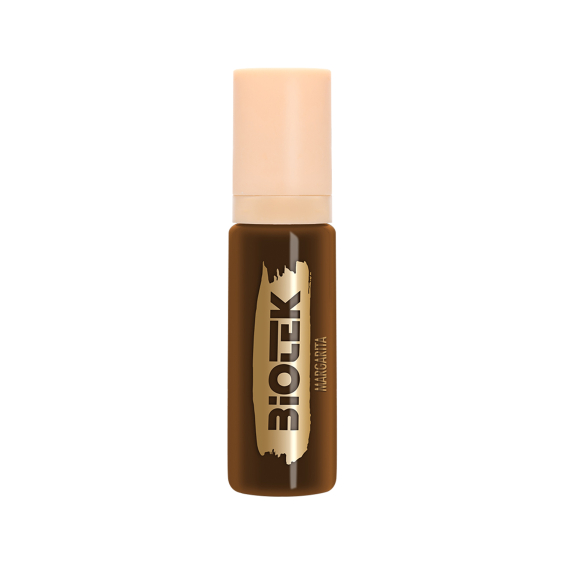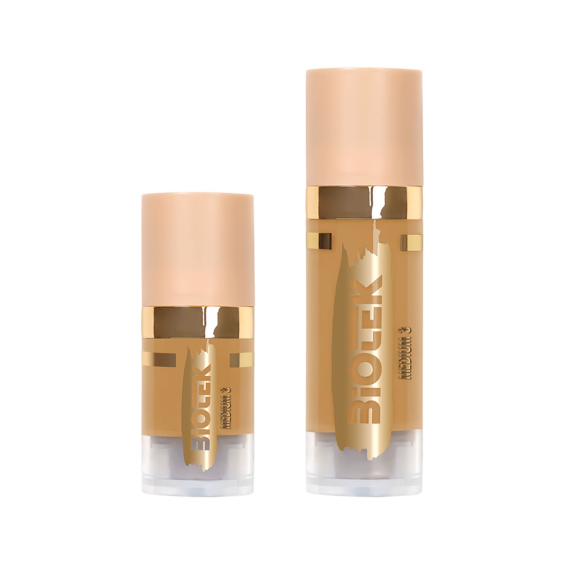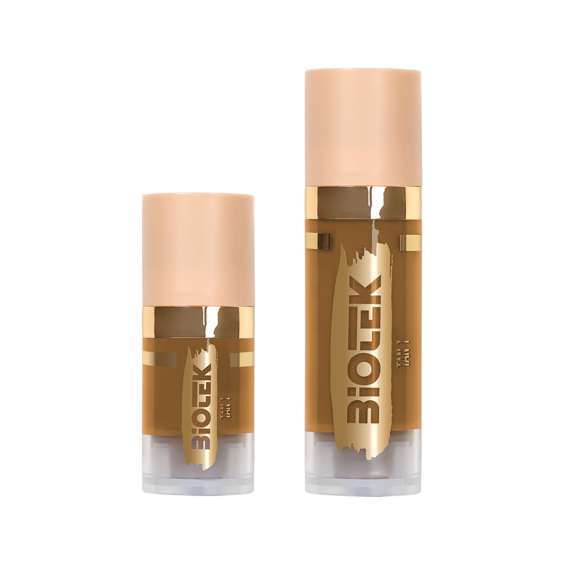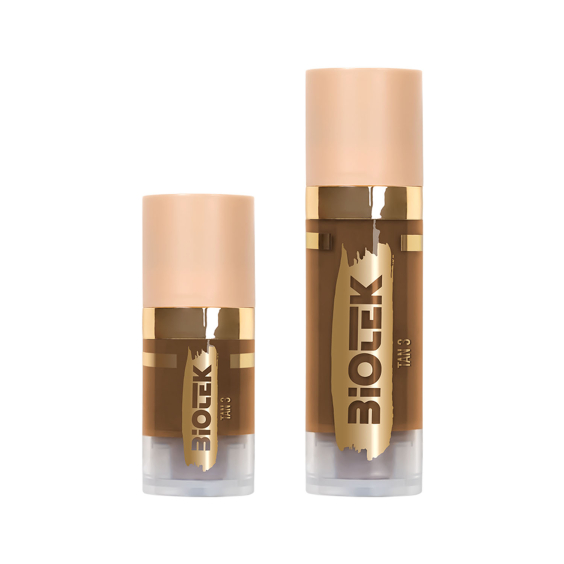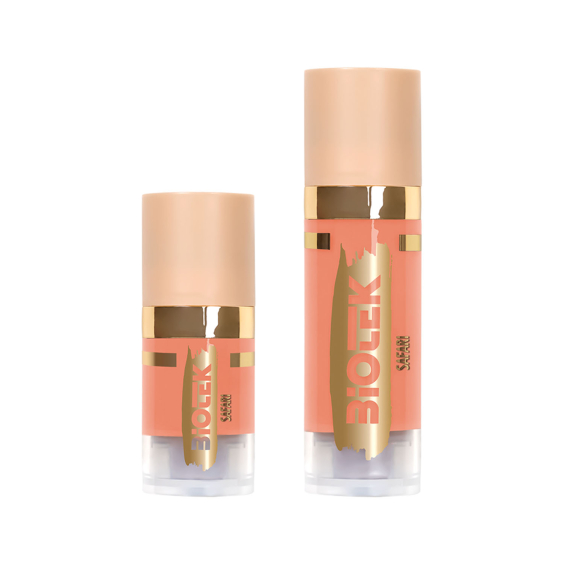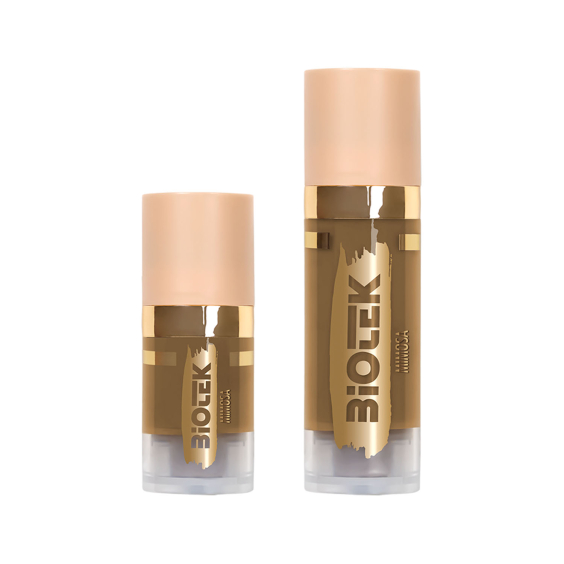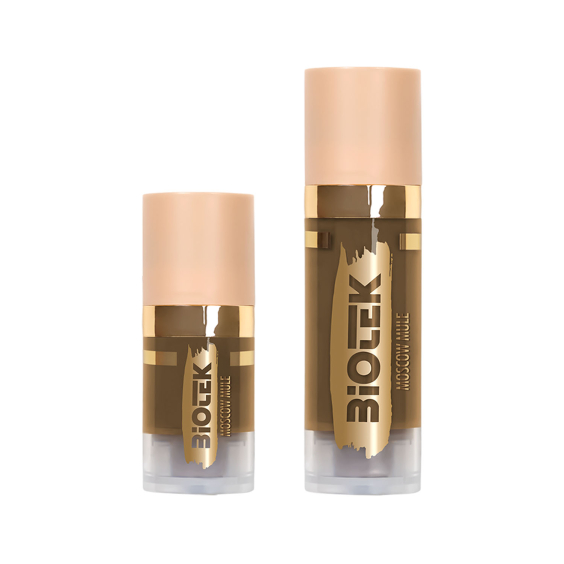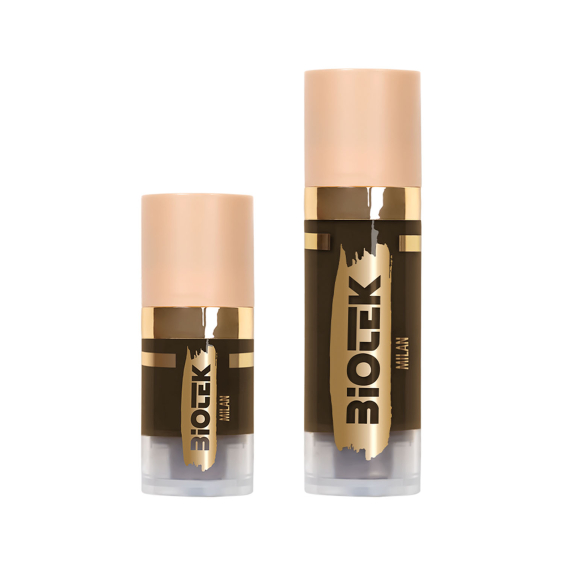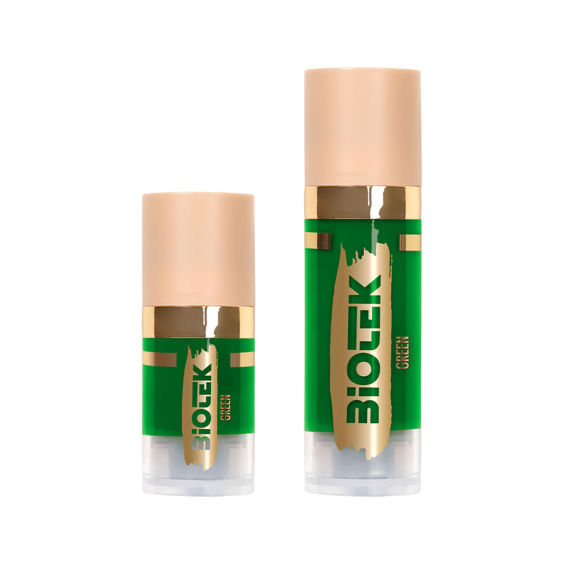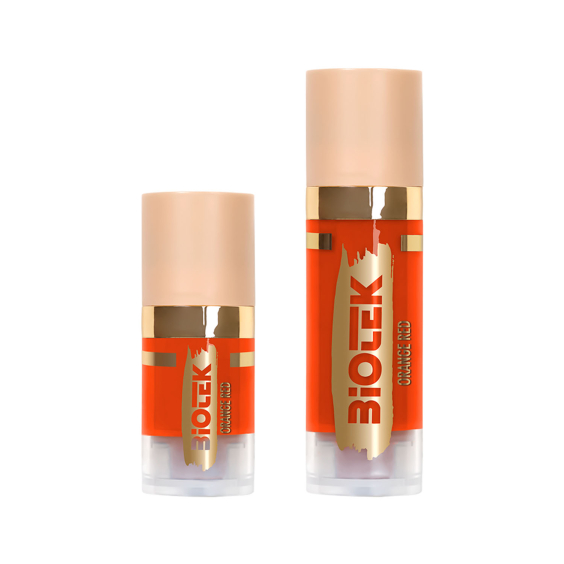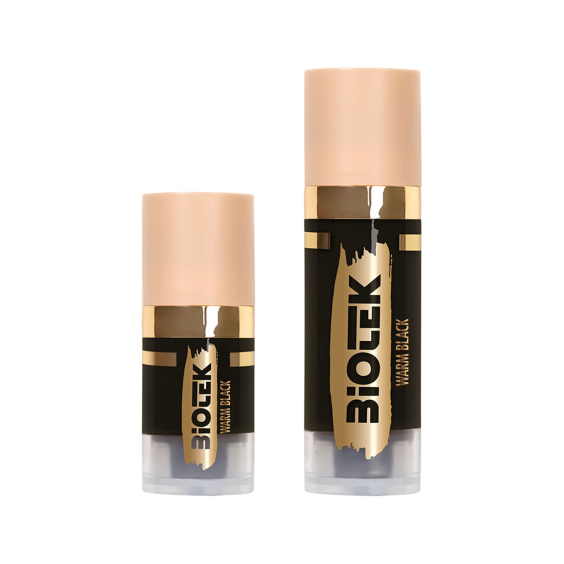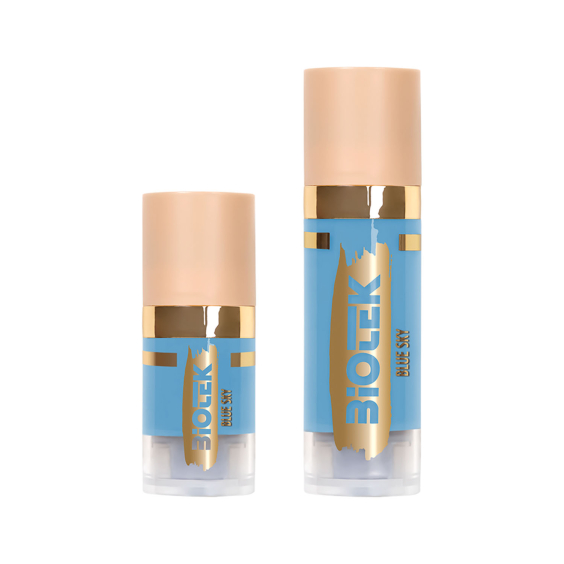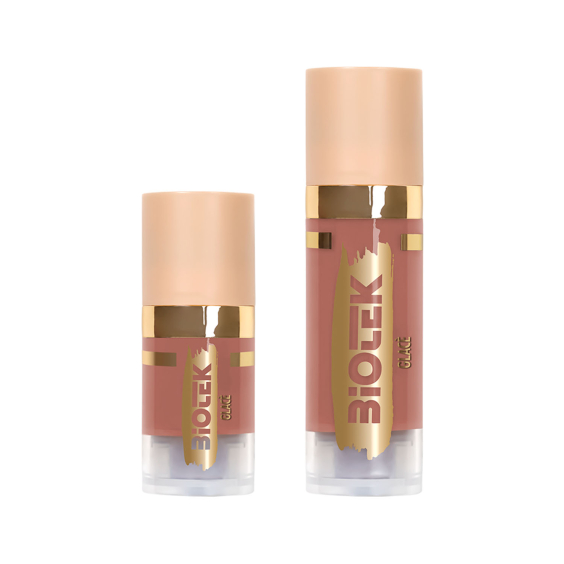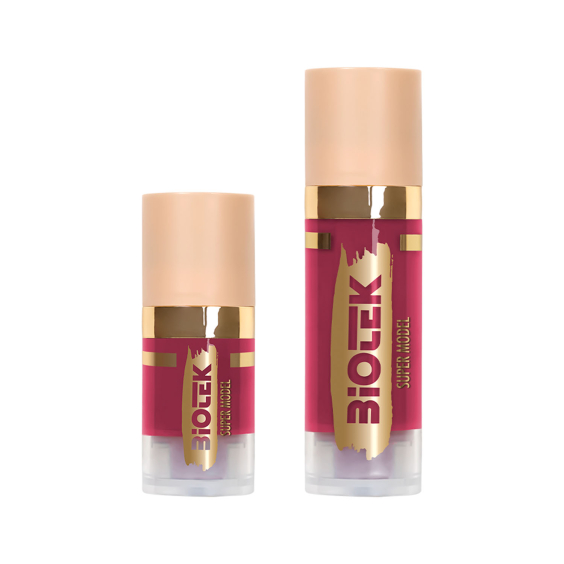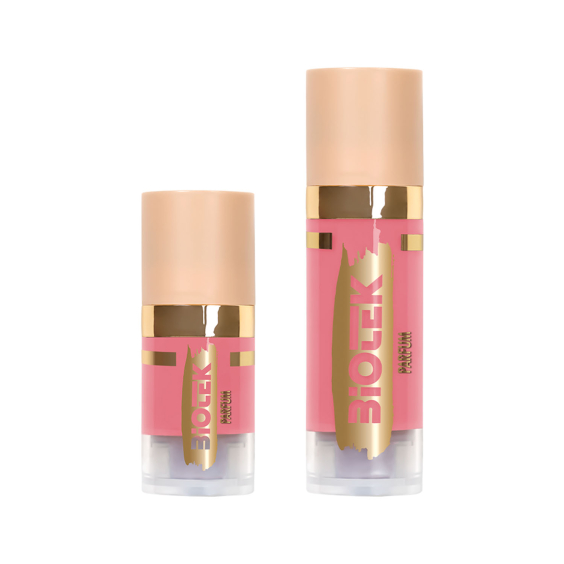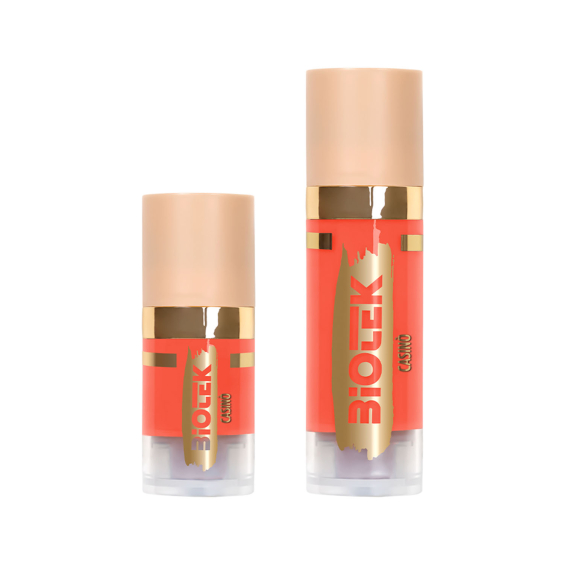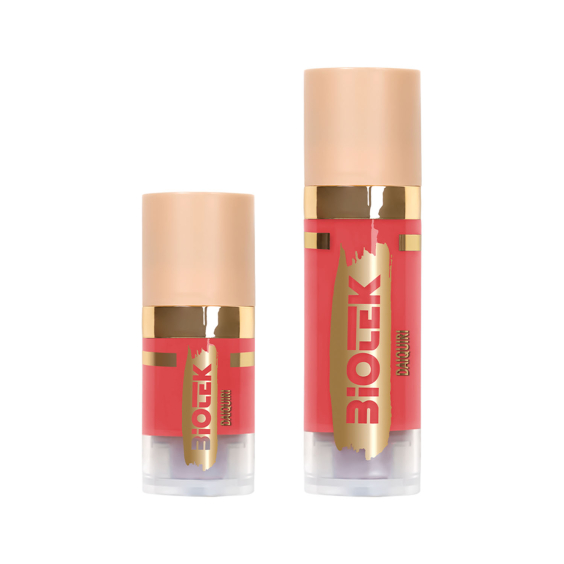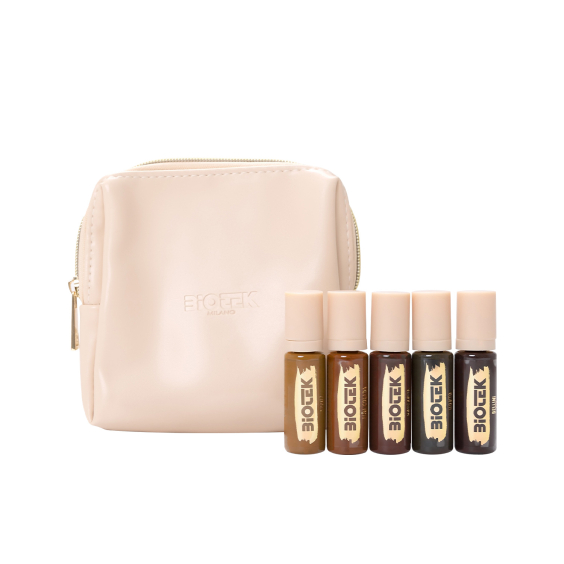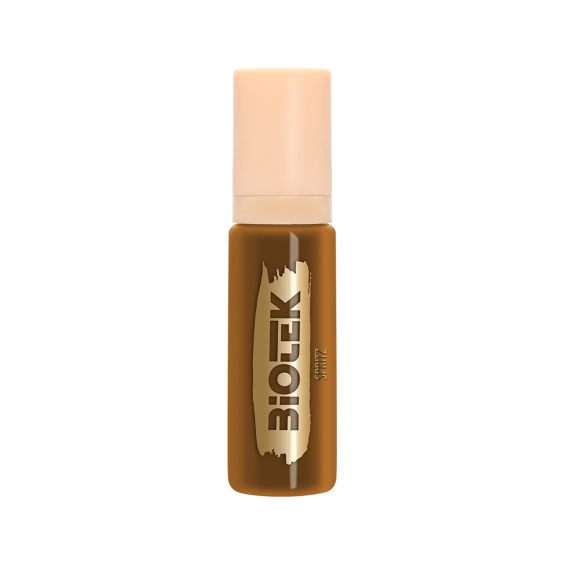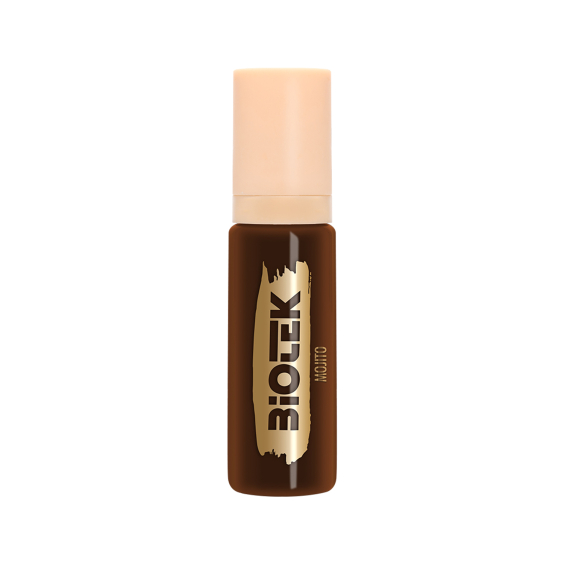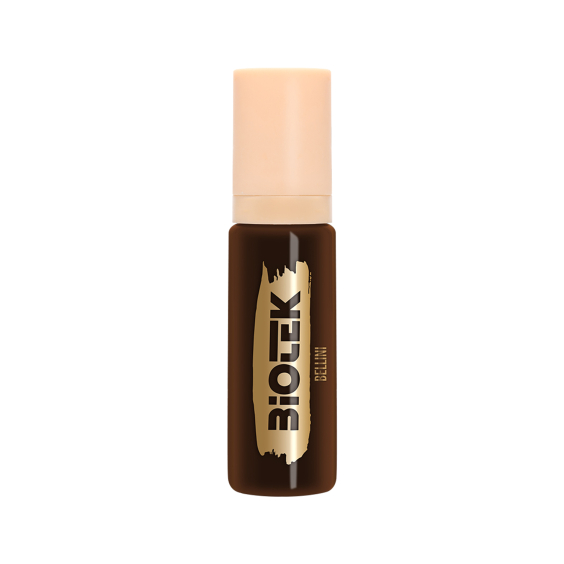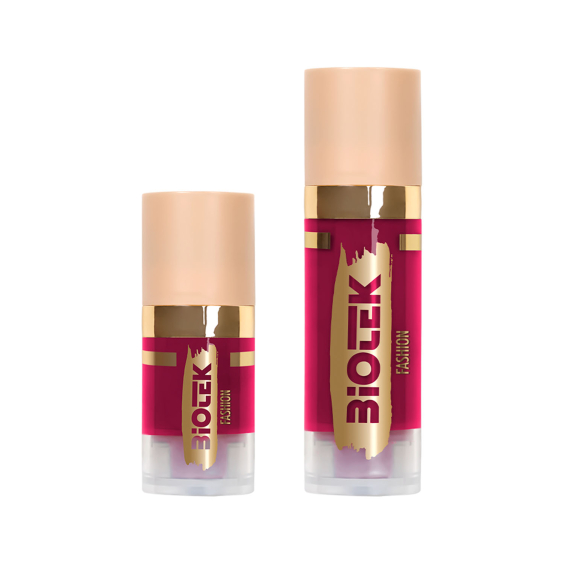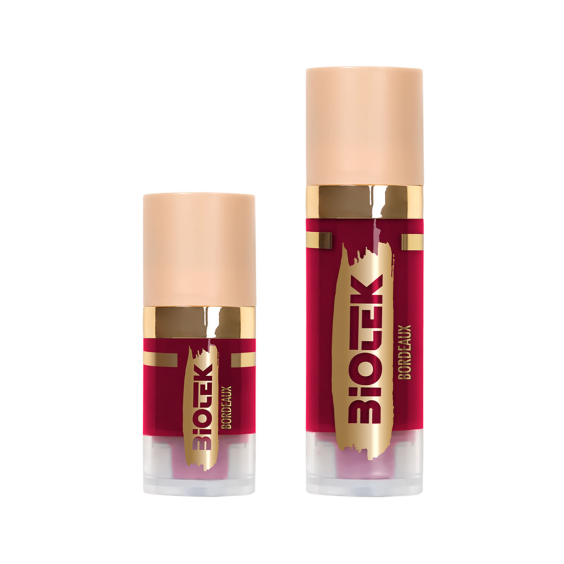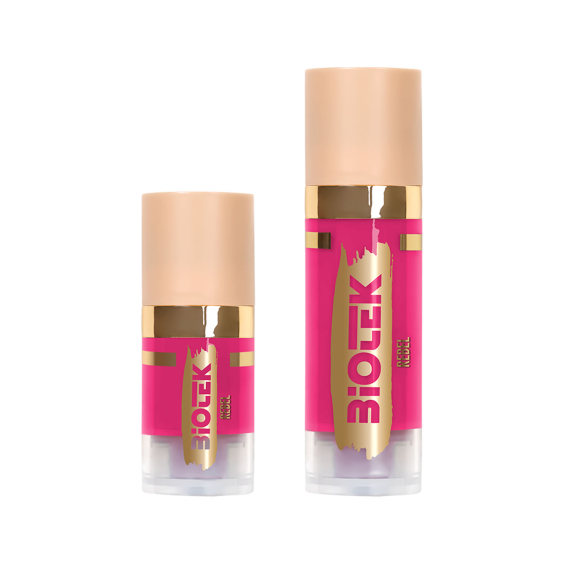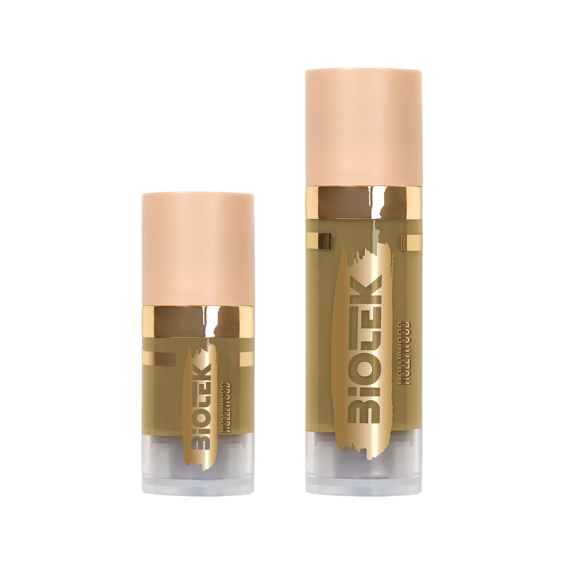Addressing Pigment Migration in PMU
One of the challenges that permanent makeup artists face is pigment migration. This is where pigment spreads from its original placement, leading to blurred, uneven, or distorted results.
Whether you’re working on brows, eyeliner, or lips, understanding why pigment migration happens and how to prevent it is essential for delivering consistently flawless results to your clients.
In this blog, we’ll explore ways you can address pigment migration in PMU to prevent it from happening.
What Is Pigment Migration?
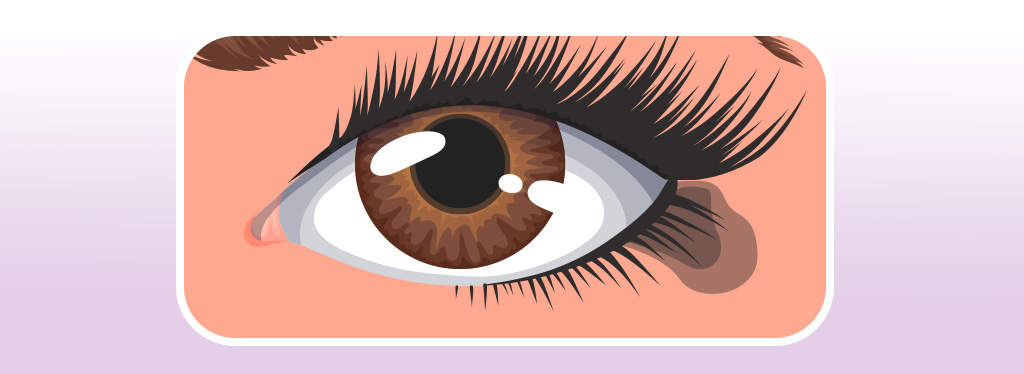
Pigment migration refers to the unintended movement or spreading of pigment into surrounding areas after a PMU treatment. This results in a blurred appearance and can compromise the shape, symmetry, and overall aesthetic of your work.
Migration can happen for a variety of reasons, including:
- Working too deep into the skin
- Using the wrong technique or equipment
- Poor-quality pigments
- Not taking into account a client’s skin type
- Inadequate aftercare
How To Prevent Pigment Migration
There are several ways to prevent pigment migration from occurring following PMU treatments, including prioritising your education, ensuring you understand the correct techniques to use, and being aware of how pigments will react with each client’s different skin type.
Here are some tips for minimising the risk of pigment migration and ensuring your client’s PMU stays flawless!
Master Your Technique
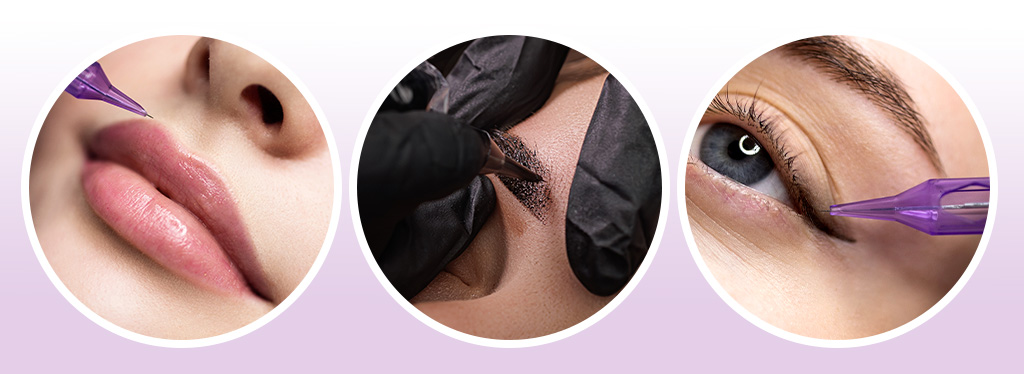
If you work too deep into the skin, it can cause the pigment to disperse into the lower layers, leading to poor definition and unwanted spreading. So, making sure you’re using the right technique is one of the best ways to prevent pigment migration!
Key tips:
- Aim for the superficial dermis layer of the skin only.
- Use gentle, consistent pressure to reduce trauma.
- Adjust your technique based on the area—eyelids and brows are especially prone to migration and require extra care.
Investing in your PMU education and continuously striving to improve your skills can help prevent issues with treatments, such as pigment migration, further down the line.
Understand Different Skin Types

Pigments can react differently in the skin depending on the client’s skin type. For example, oily skin can push pigment outward, causing strokes to blur over time—especially after microblading. Whereas dry skin can lack the natural oils to aid pigment retention.
Remember, everyone’s skin is unique, and you might need to adjust your method or the pigments you use to get the best results for each individual client! Things you might want to consider during the consultation process:
- What skin type does your client have?
- Are the pigments you’re using suitable for your client’s skin type?
- Do you need to adjust your method or technique based on your client’s skin type?
- Will you need to use a different needle configuration?
By properly assessing your client’s skin before the treatment, you can make informed decisions about technique, pigment choice, and needle configuration.
Choose High-Quality PMU Supplies
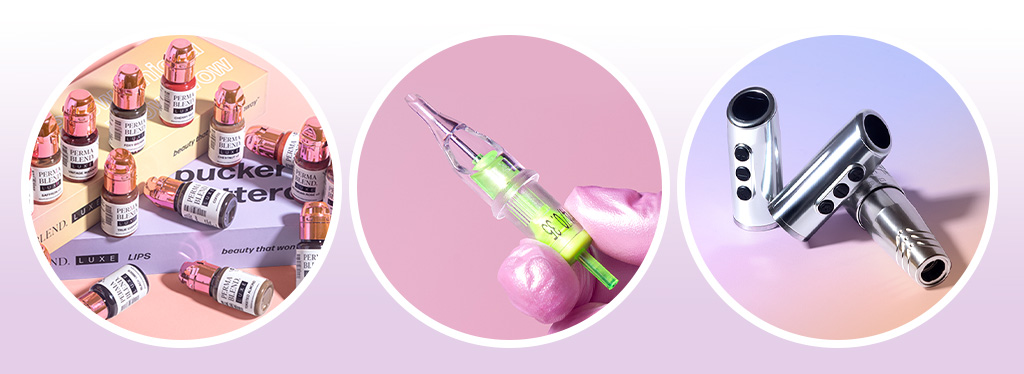
The PMU supplies you use can make a big difference in both pigment retention and safety. If you use pigments, machines, or needles that aren’t suitable for a specific PMU treatment, or the client’s skin type, it can contribute to poor placement, excessive trauma, or inconsistent healing—all of which can lead to pigment migration and other issues.
To ensure the best results, always opt for reputable, high-quality brands that are specifically designed for PMU procedures. Look for pigments that are stable and tested for long-term wear, and pair them with precision needles and machines that allow for controlled, consistent application. For example:
- Perma Blend LUXE: The EU REACH-compliant range from Perma Blend consisting of high-quality, stable, and long-lasting pigments.
- Li Pigments: Trusted by professionals for their vibrant formulas and wide shade range.
- Biotek: Italian-made pigments providing smooth implantation across all skin types.
- Stellar 2.0: Ultra-sharp cartridges with an anti-wobble feature for optimal ink flow and control.
- Kwadron: Renowned for their sharp, durable needles and consistent performance.
- Vertix: Offering minimal trauma and high pigment retention.
You cannot define a correlation name 'review_summary' more than once
- Microbeau: A premium brand offering machines like the Bellar, Flux S, and Flux S Max, built for precision and comfort.
- Dragonhawk: Budget-friendly yet efficient machines, great for beginner PMU artists.
- Bishop PMU Wand: Lightweight, precise, and powerful, the Bishop PMU Wand can help you create flawless results.
You cannot define a correlation name 'review_summary' more than once
- Tina Davies: Easy to use, the Tina Davies microblades offer consistent and clean results.
- Jenna Boyd: Designed for precision and control and featuring the ultra-sharp needles.
- Biotek: Featuring ultra-sharp tips and ergonomic handles to help artists create crisp, natural-looking hair strokes with ease.
You cannot define a correlation name 'review_summary' more than once
Investing in the right tools not only improves your results but also reinforces your professional standards and client trust.
Educate Clients on Aftercare
Client aftercare is just as important as the procedure itself. Even with perfect technique and quality products, poor aftercare can lead to premature pigment loss, uneven healing, and pigment migration. To help clients protect their results and support healthy healing, it’s essential to provide clear guidance and product recommendations:
- Hydration is key: Recommend gentle, healing products like Hustle Butter to soothe the skin and keep the area hydrated without clogging pores.
- Offer aftercare instructions: Provide clients with clear, easy-to-follow guidance to take home, outlining exactly how to care for their skin in the days following treatment.
- Set realistic expectations: Remind them to avoid sun exposure, and prevent touching the area during the healing process to ensure optimal pigment retention and avoid complications.
A well-informed client is more likely to follow through with proper aftercare—and see better results because of it.
You cannot define a correlation name 'review_summary' more than once
Pigment migration is a risk in every PMU treatment—but it can be prevented. By mastering your technique, understanding skin types, using high-quality supplies, and supporting your clients with aftercare, you can significantly reduce the risk and deliver beautiful, long-lasting results.
Stay committed to education, invest in the right tools, and never stop learning—because your clients deserve the best.
